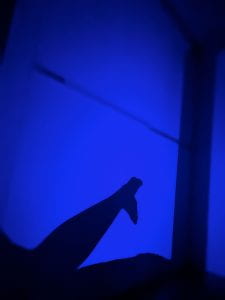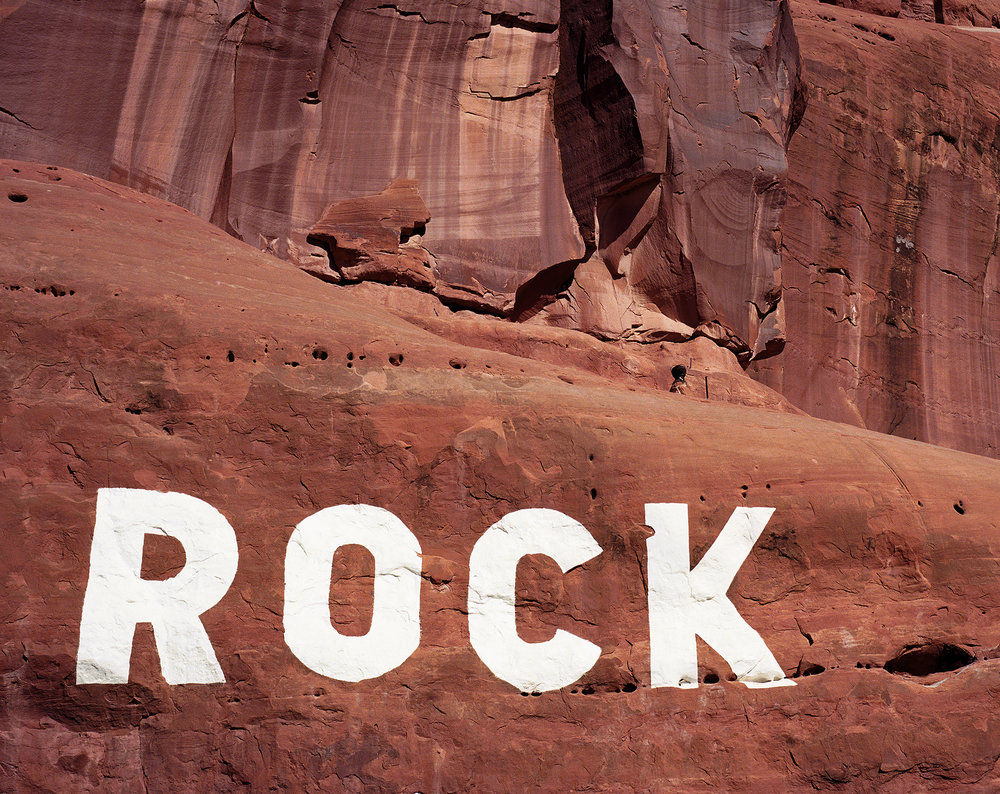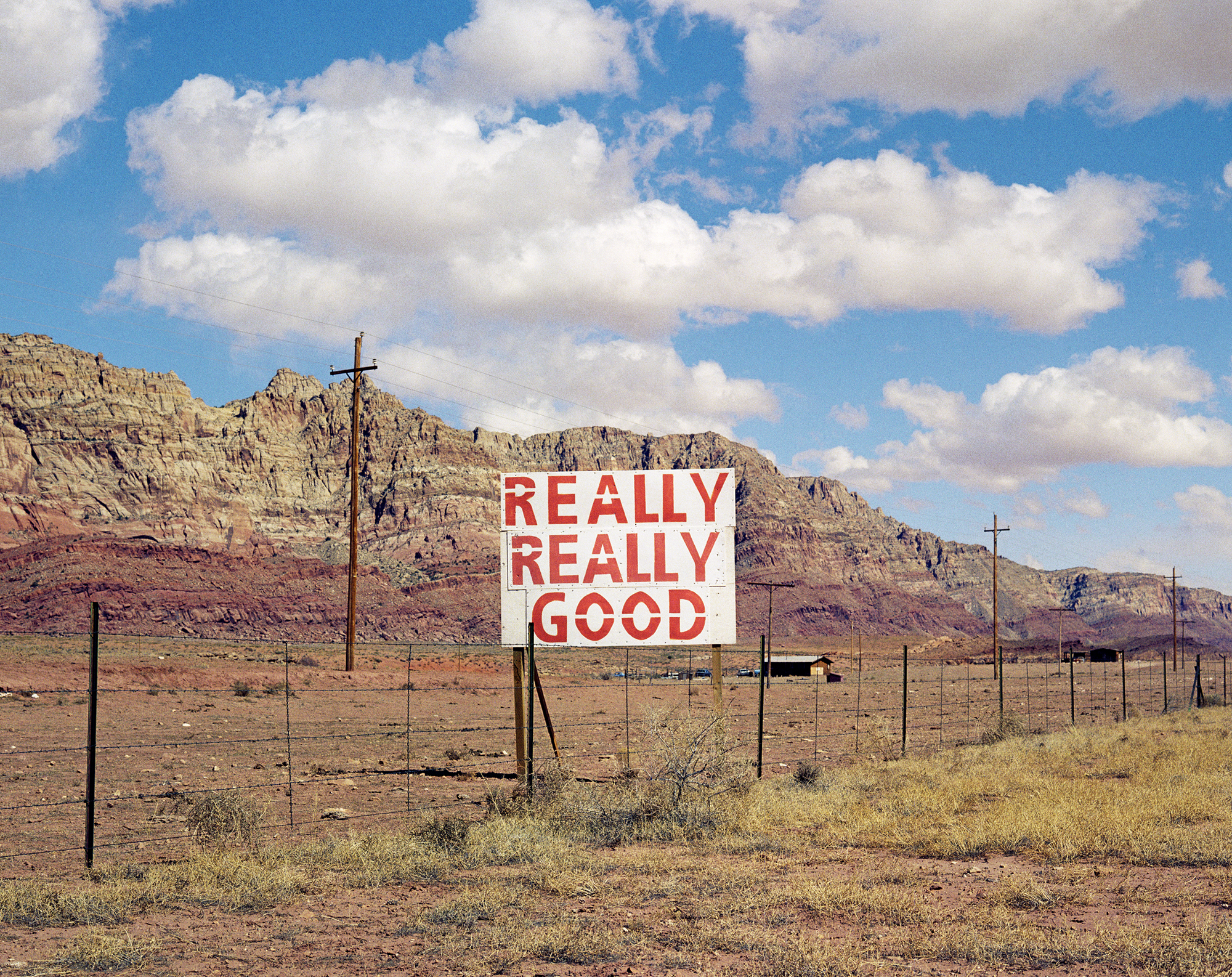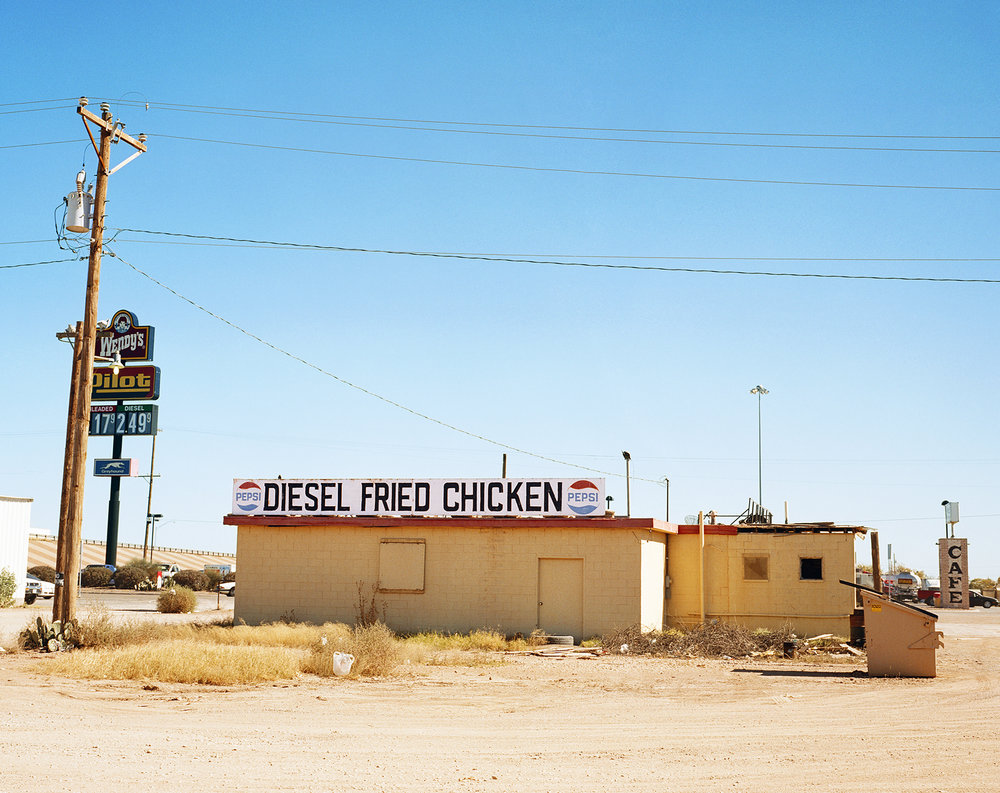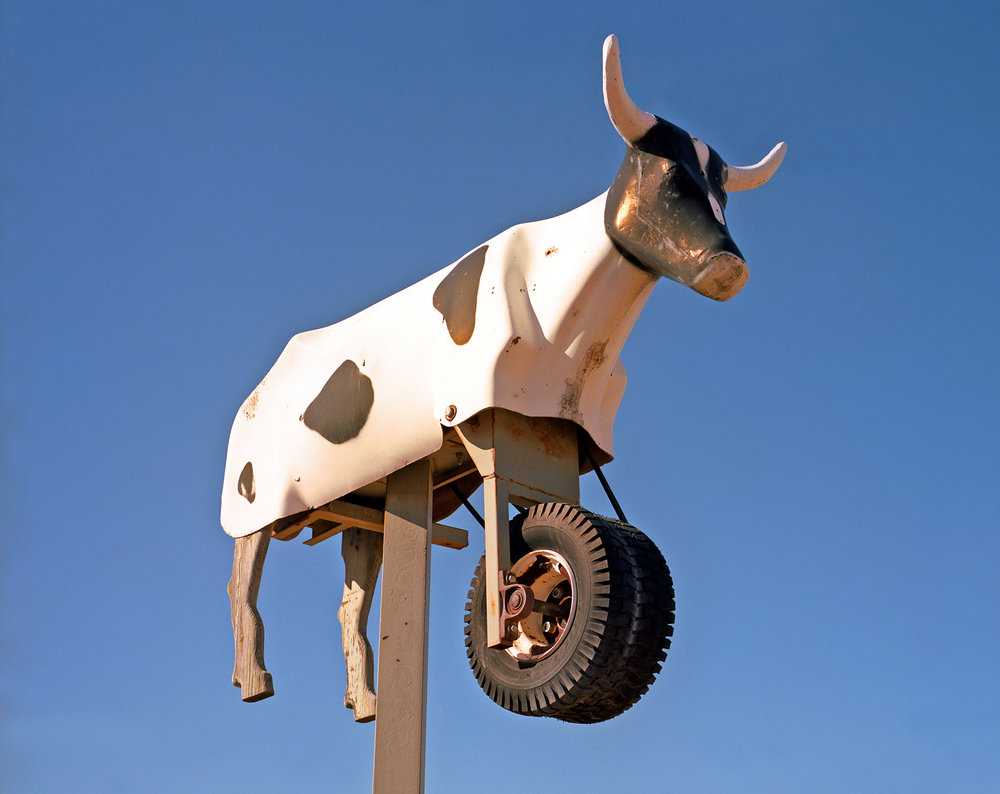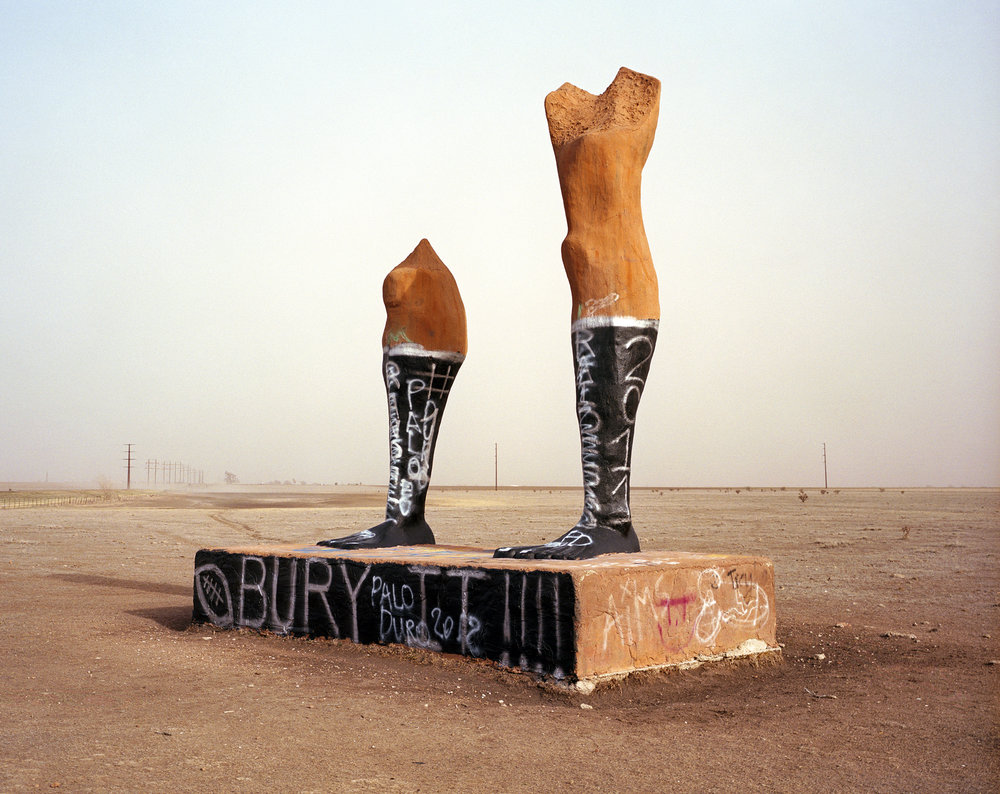

In total, there are 69 photos. Unlike the previous set, this set primarily focuses on the starting point of signs. The photographer of inspiration is Rob Hann. These photos were taken in a natural environment because I believe there are signs in nature worthy of our attention. I categorized these photos using the green, blue, and red selections. My criteria for a good photo are whether it relates to my starting point and whether the photo is aesthetically appealing.
In total, there are 40 green photos, 17 blue photos, and 12 red photos.
Example of a Green Photo

The above is an example of a green photo. The camera alignment in this photo needs to be improved. There isn’t a distinct subject in the photo. All of the elements in the photo are randomized. Although randomness is a sign of nature, this photo does not present randomness in an aesthetically appealing way. There are better representations of my starting point. Therefore, I put this photo in the green selection.
Example of a Blue Photo

The photo above is a blue photo. It includes the elements of line and depth. The lines created by the trees and their shadows look very intriguing. Depth is created when the sandy ground’s light portions are contrasted with the shadows’ dark portions. In the photo, the ground gets darker the farther you look into the photo. In addition, there is a triangular shadow in the bottom right corner of this photo. There is a long shadow next to it. These shadows make the audience curious because they are unlike the regular shadows of the trees. It could be the shadow of an animal, of the photographer, or of something else. This aspect gives off an ominous feel. This photo connects to my starting point because it shows that nature is mysterious, has depth, and can contain almost anything. This photo is very good, but I decided not to put it in the red selection because it could be more aesthetically appealing. Furthermore, it does not have any particular stylistic choices.
Example of a Red Photo

The photo above is a red photo. This is one of the 12 photos that best represent this set and my starting point of signs and messages. The most important elements of this photo are color, depth, and line. The first thing the audience would see in this photo is the red car in the upper center. This is because the car is red, an eye-catching color. In addition, the red color contrasts with the other less vivid colors in the photograph, so it stands out more. Therefore, color is a critical aspect of this photo. Then, there is depth and line. These two aspects are related since lines create depth. Near the center of the photo, a distinct vertical line defines the side of a bamboo bridge. This bridge directly points to the red car in the distance. However, it is the depth that makes the red car seem small. On the other side of the central line, there is a more diagonal line that is another side of the bamboo bridge. It is also angled towards the car. The distance between these two lines decreases as they both approach the car, giving the photo a sense of depth. The most important formal elements are shown in the diagram below. This photo connects to my artist of inspiration, Rob Hann, because it has the theme of human intervention in nature, where man-made structures are put in natural environments. In many of Hann’s photos, man-made structures are isolated in a natural environment. For example, Hann takes photos of abandoned buildings and vehicles in the Desert.
Diagram:

Red photo 2

The photo above is another red photo that differs from the one I previously analyzed. This photo is much more simplistic in nature. This photo was taken beside a mountain next to a river. It incorporates the formal elements of color, shape, and texture. Firstly, there is a large contrast between the water’s green color and the rocks’ grey color. This color contrast emphasizes the shape of each side of the photo. On each side, the texture is varied: the rocks have a rough texture; however, there are wavy white lines that mimic water; on the other hand, the water has a smooth, flowing texture, but small bubbles in the water mimic the small sediments on rocks. Between the rocks and the water, there is an S-shaped line. This line represents the conflict between the two elements as one element is trying to intertwine with the other. This photo connects with my starting point because it shows the sign that different elements in nature can be equally appreciated. The contrasting nature part of this photo is inspired by Rob Hann since he takes photos of two or more landscapes simultaneously.

